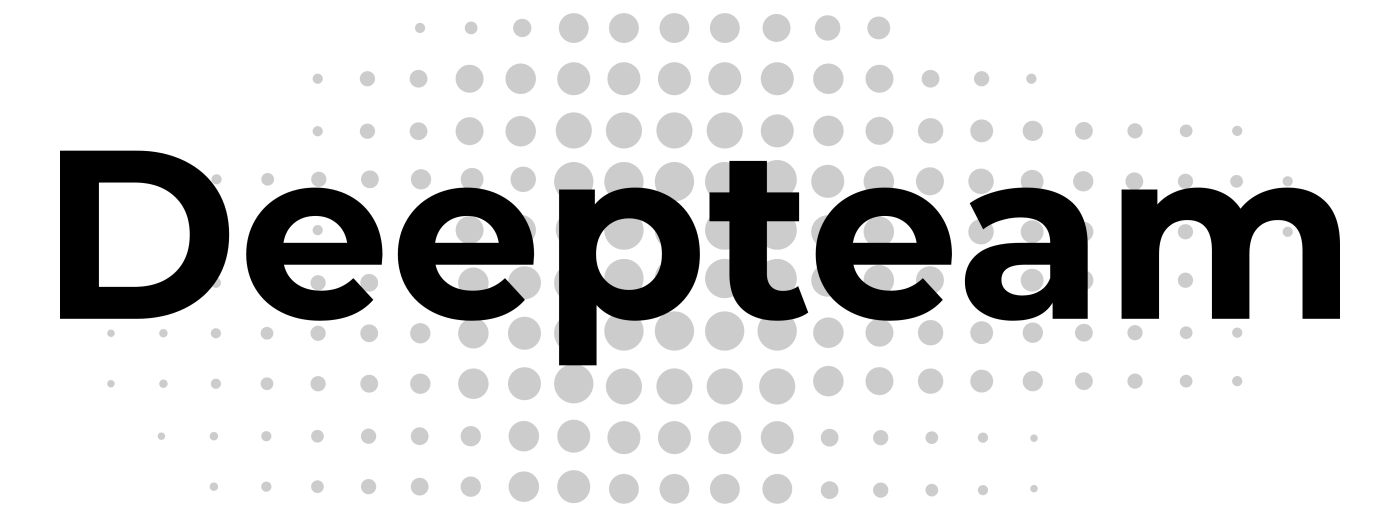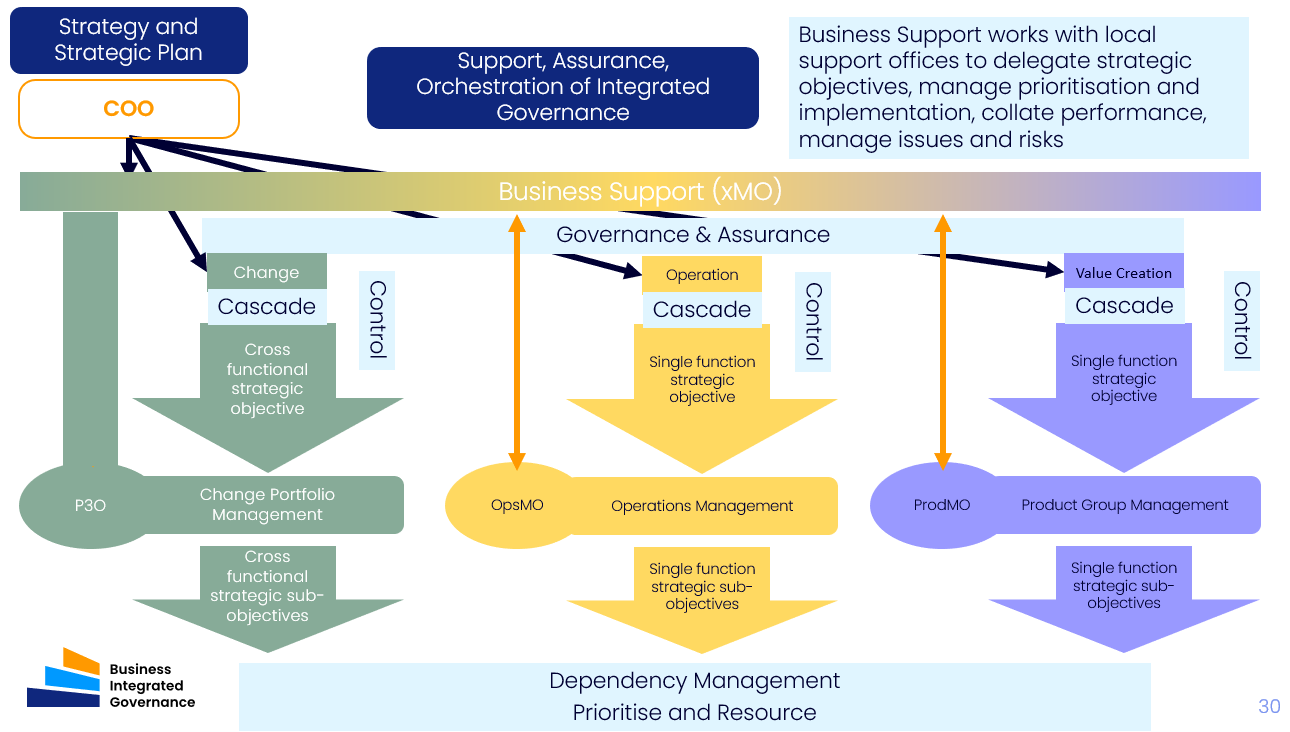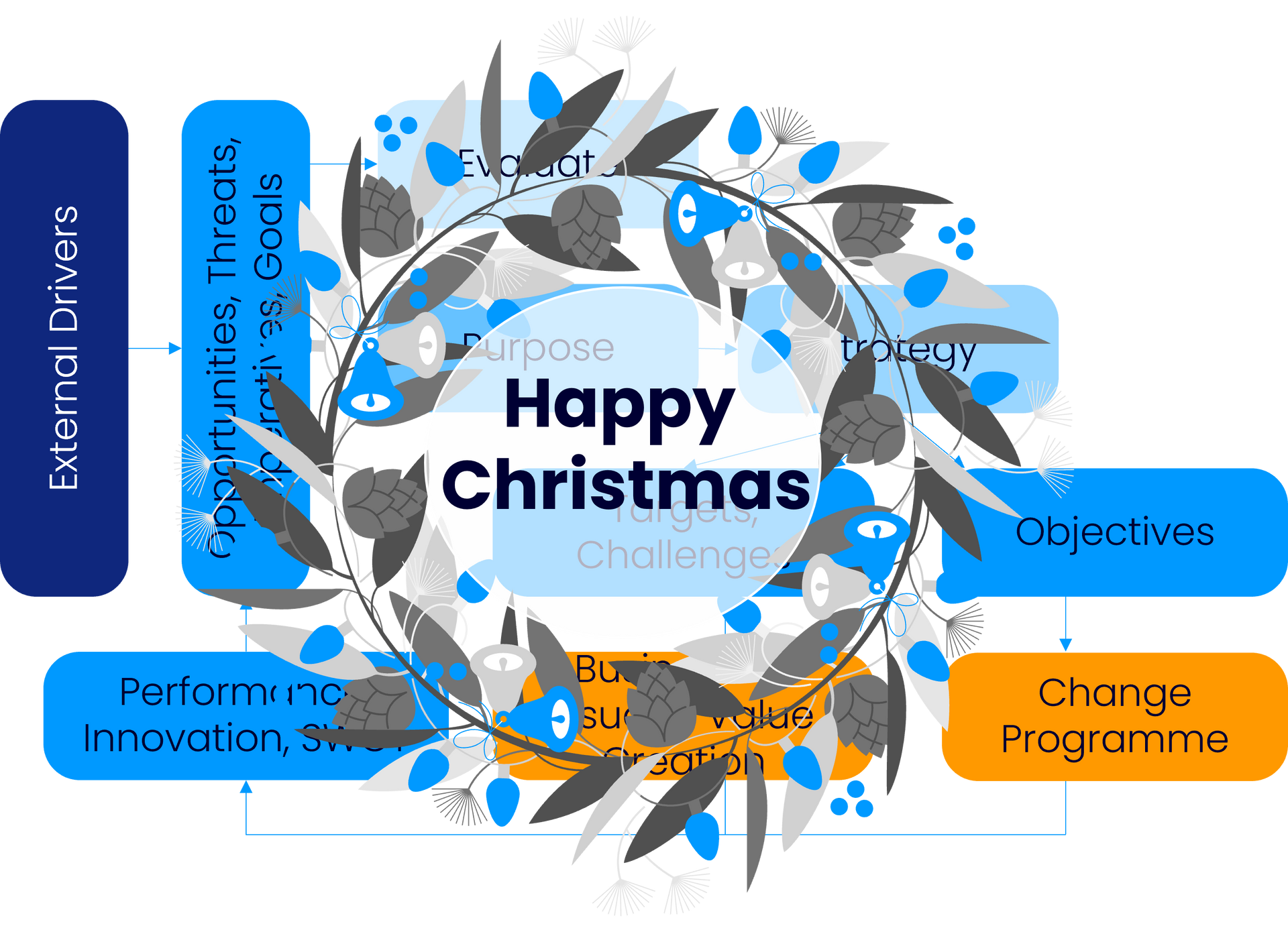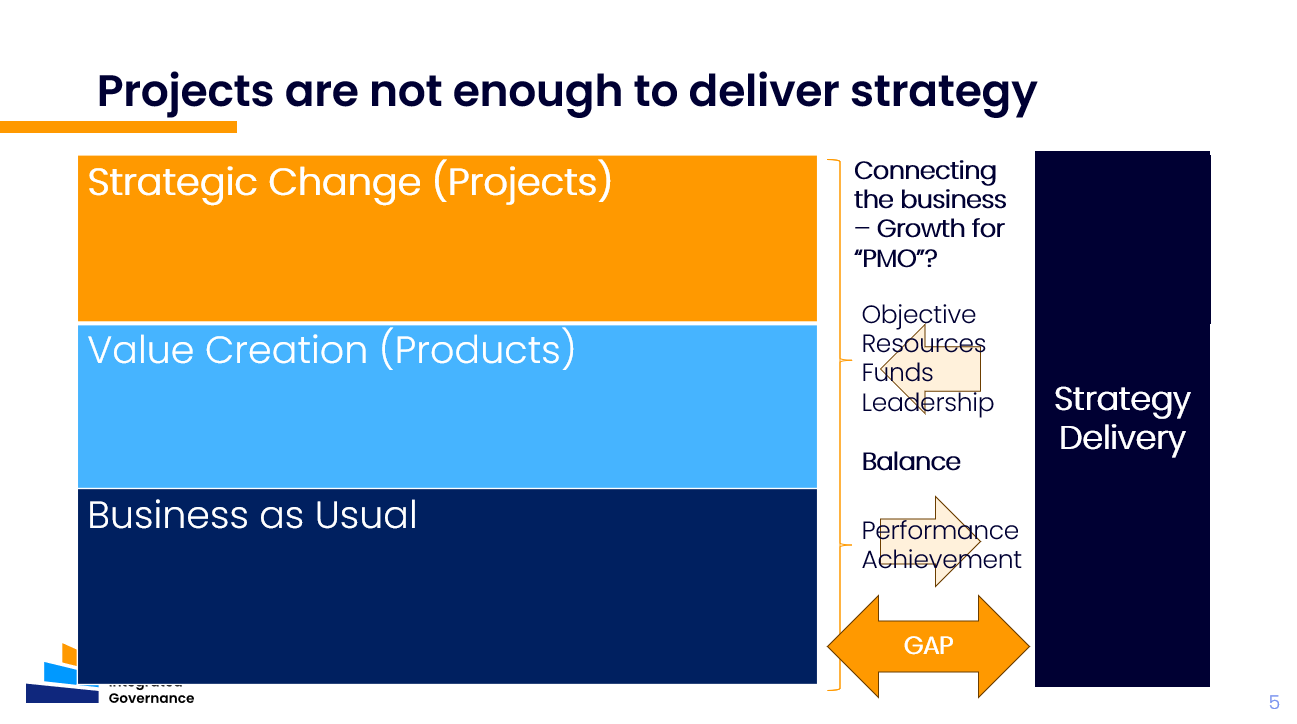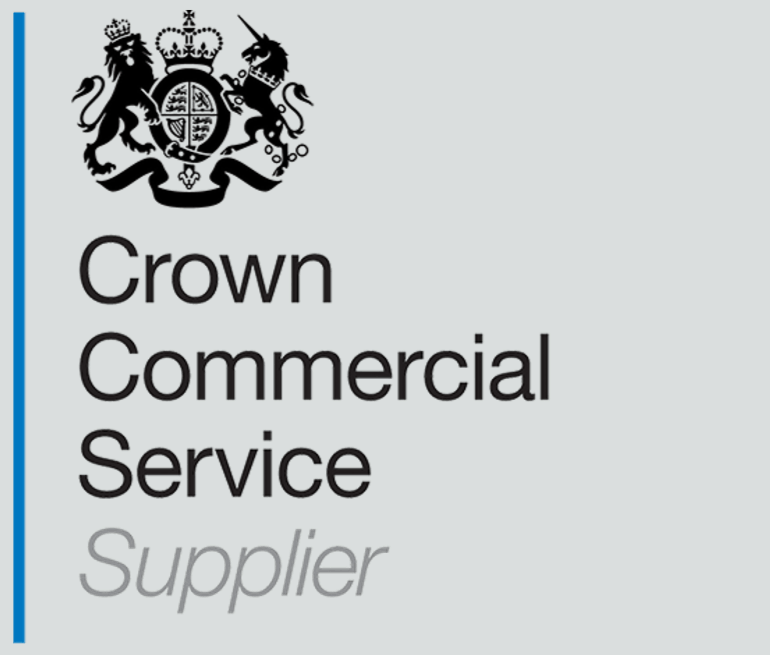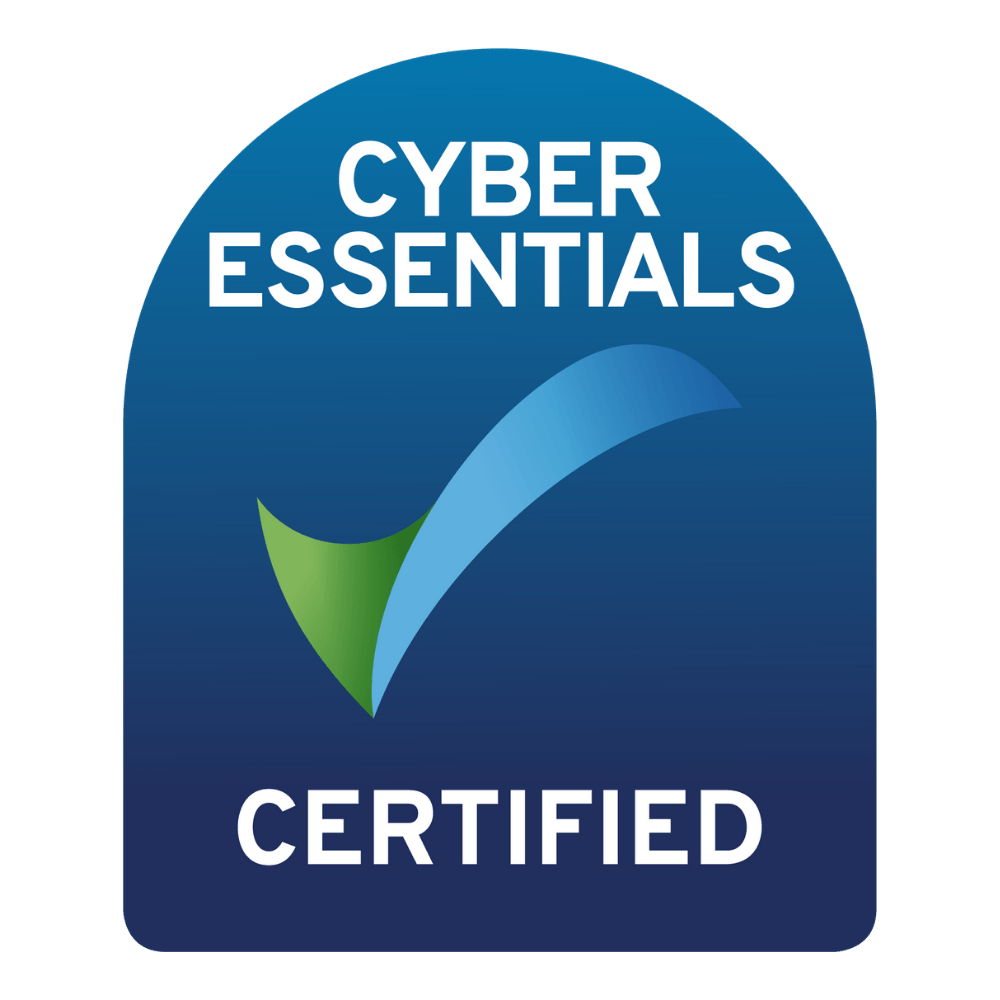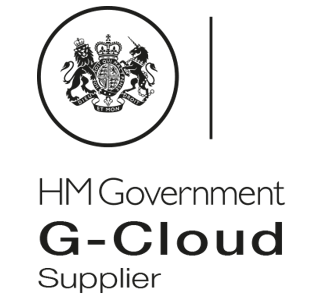Driving Purpose Driven Organisations
Event Report
Do you want your organisation to tactically work on interesting but secondary priority social and environmental initiatives, or to stir in your genuine views on social and environmental responsibility to your organisations fibre?
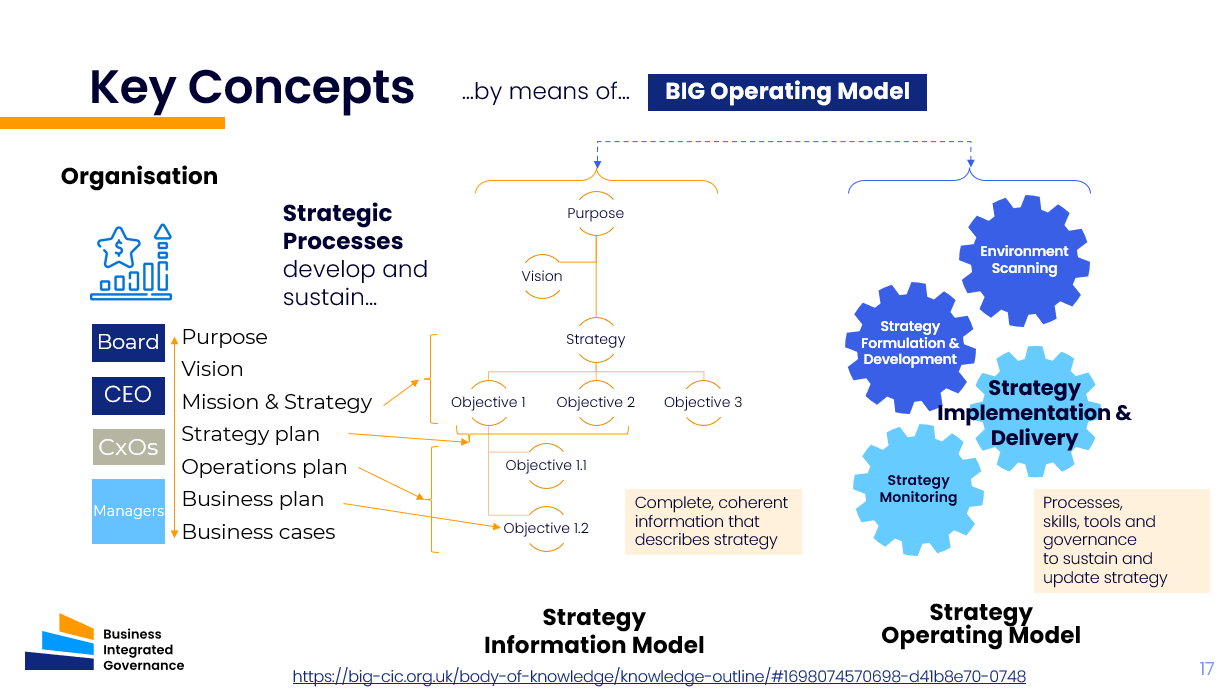
On 9 July the
Good Governance Academy hosted the second in a series of events about the implication of being "Purpose Driven".
In the first of the series, we defined what we meant by 'Purpose Driven' using the new British Standard PAS 808 (Purpose Driven Organisations) as the basis for discussion. Within PAS 808, Principle 1 states that “long-term wellbeing for all people and planet is the ultimate goal and all people and planet are the ultimate beneficiaries“. This is a key
Purpose Driven Message. We explored audience perception of readiness, and looked at an example of the struggles a typical organisation might face in 'onboarding' with 'Purpose Driven' - please see the
event report.
Purpose Driven Organisations (PDO) is rooted in the notion that to save the planet, people in organisations (private, public and NGOs) need to change what they do to (at least!) avoid destroying society and the environment. This is in the context of a capitalist world, where lack of focus on Return on Investment and profit might lead to the demise of organisations.
We face challenges::
- Principle 1 of PDO implies that organisations will start considering new / modified goals and constraints within their purpose, vision and strategy development - to then cascade into the organisation in the form of Objectives, Targets and Constraints.
- The further implication is that our processes of prioritising where to deploy leadership time, funds and resources need to become more sophisticated to include purpose driven objectives / constraints - throughout the organisation. For organisations that prioritise based on things like Return on Investment/Net Present Value/Payback – how will 'Purpose Driven' objectives and constraints be included in existing value systems when prioritising? How will we weight 'Purpose Driven' goals and constraints when making decisions - throughout the organisation?
- Our governance frameworks are not delivering on strategy delivery now (for previous sessions which explore this - see here). What makes us think that these frameworks will be fit for purpose to scope with more sophisticated Purpose expectations and prioritisation calculations?
The definition of 'what good looks like' for a Purpose Driven Organisation has been defined. The principles and 'should dos' for Governance of Organizations too. But that does not mean organisations will just start working towards long-term wellbeing for all people and planet. HOW will we
- get 'Purpose Driven' onto the executive agenda
- trigger the discussion necessary for changes at the right levels in the organisation
- build the ecosystems to enable Purpose Driven Objectives?
If we assume it is possible to persuade shareholders, stakeholders, board members and executives to buy into the Purpose Driven Message (see Event 1) - where next?
The start of the answer lies in Principle 2 of 'Purpose Driven Organisations'. It suggests that an organisation’s purpose should be its strategic and accountability anchor. It should provide the primary strategic guide for decision making across the organisation and anchor the decision making to long-term wellbeing for all people and planet.
We raised 2 questions:
- How far into your organisation does business purpose and strategy visibly penetrate now? (the implication is that if Purpose does not today penetrate the organisation today - how will it tomorrow?)
- What do we need to include in our governance operations (at all levels) to ensure the purpose driven goals and constraints are visible, actioned and progress / performance measured?
Hence the agenda for our recent event - which can be repeated on request.
- Introduction. Recap / references to PAS 808 - Purpose Driven Organisations
- PAS 808 - Principle 2 - purpose as a strategic and accountability anchor
- The Challenges of Strategy Delivery - quick brainstorm and recap of previous work
- Discussion - The implications of 'Purpose Driven' for organisations where strategy delivery is already not easy
- - Strategy Formulation, Line of Sight, Prioritisation, Control
- Discussion - the penetration of Purpose and Objectives into an organisation - how traceable is this?
- Poll - how far down into the organisation is there clear line of sight?
- Poll - prioritisation of objectives - is it done systematically (ROI, strategic value calculation, opining based...?)
- Poll - are we working on the 'right' things - do resources, funds and leadership time demonstrably follow the prioritisation?
- 3 Implications
- Strategy Information Model
- Strategy Operating Model
- Integrated Governance and Enablers
- Conclusions
Discussion Panel:
- Linde Grebe of the Good Governance Academy
- Victoria Hurth who is the technical author of the British Standard in Purpose Driven Organisations: Background Reading here: PAS 808 - please also see “Quality Governance …will fix an un-sustainable world”
- David Dunning - lead author on Business Integrated Governance (BIG CIC, Deepteam and CPS): Background reading: BIG Knowledge Outline
- David Booth - lead author on Strategy Journeys. Background reading: Strategy delivery – Where does it all go wrong?
Key Messages emerging from the session:
- PAS 808 and ISO 37000 give us a principles basis for a Purpose Driven Organisation, and the Standard for Governance of Organizations.
- Strategy Delivery is not easy - even before we start to think about PAS 808 and our session identified issues within Leadership, Governance, Accountability, Assurance, Business Support, Information and Data.
- Presently - there are common issues getting purpose to penetrate the organisation - basic clarity and communication are missing. Loss of connection to purpose at or below department level, lack of depth and breadth in penetration
- Prioritisation and enablement - very much boil down to a financial basis. Strategic projects have to still align with operations driven budgets and reactionary allocations
What next?
- Current State
- Understand your strategy information model - do you have clarity from purpose to delivery - through the organisation
- Understand your strategy operating model - how do you develop and manage strategy?
- Understand your governance operating model - how do you prioritise and cascade objectives through the organisation, prioritise and hold people to account for accomplishment
- (support is available to establish current state)
- Read up on PAS 808, ISO 37000 and Business Integrated Governance - start here
- Once you and key stakeholders are clear on current state, contact us to discuss art of the possible...
If you would like to discuss the meaning or application of 'Purpose Driven' principles - please 'Contact us' for a conversation below, or follow links for more information.
Please see our Purpose Driven Strategic Theme for more background. In essence - this goes beyond the traditional corporate imperative of having a commercial purpose to consider purpose in the broader human sense.
Enablers
- Clarity of Purpose(s)
- Strategic Process
- Integrated Governance Framework
- Information and Data Capability
- Business Support - to operate the Strategic Process and Integrated Governance
Technology
- Corporate RAID
- Document Library
- OKR Platform
- Prioritisation tools
- Milestone Planning
- Resource Planning
- Finance Planning
RAID - Risk, Action, Issue and Decision
OKR - Objective and Key Results
Culture Change
- Current State Assessment - of current capability
- Periodic Review of Purpose, Business Drivers
- Enabled people
- Working Strategy Operating Model
- Adopted Strategy Information Model
- Operation of Integrated Governance
- Fair Accountability
